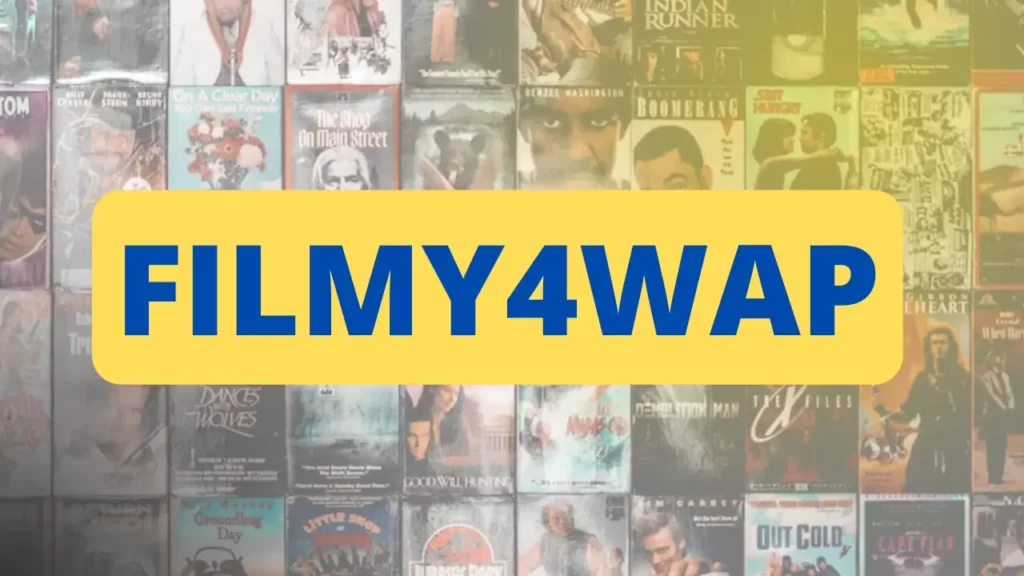Watch FilmyFly: Bollywood, Hollywood & More
Is there a single platform that truly captures the vibrant tapestry of Indian cinema, from Bollywood blockbusters to the rising tide of South Indian hits? FilmyFly aimed to be that platform, promising a comprehensive collection of films, TV shows, and web series, all readily available for free. But the story of FilmyFly is more complex than a simple streaming service; it touches upon the evolving landscape of online entertainment, the legal gray areas of content distribution, and the insatiable appetite for Indian cinema worldwide.
Launched in 2016 by John and Jane Doe (pseudonyms used to protect their identities due to legal controversies surrounding the site), FilmyFly positioned itself as a one-stop shop for Indian entertainment. Headquartered in Mumbai, the heart of Bollywood, the platform initially focused on providing Bollywood films and TV shows, capitalizing on the immense popularity of these productions within India and the global diaspora. However, recognizing the growing influence of South Indian cinema, particularly the dubbed Hindi versions that were gaining traction across the country, FilmyFly quickly expanded its library. This inclusion proved to be a shrewd strategic move, as South Indian films, with their high-octane action sequences, elaborate musical numbers, and compelling narratives, began to attract a wider audience than ever before.
| Founders | John Doe, Jane Doe |
| Launch Year | 2016 |
| Headquarters | Mumbai, India |
| Content Focus | Bollywood, South Indian (dubbed Hindi), Hollywood, Web Series, K-dramas |
| Resolution Options | 480p, 720p, 1080p, 2160p (4K) |
| Reference | Bollywood - Wikipedia |
FilmyFly's aggressive pursuit of content, offering everything from recent blockbusters to classic cinema, coupled with its claim of "Full HD quality content," resonated with users seeking free entertainment. The platform boasted a diverse catalog, including Bollywood films, South Indian movies dubbed in Hindi, Hollywood releases, web shows, and even K-dramas, catering to a broad range of tastes. This expansive selection fueled its rapid growth, particularly among users who might not have access to or could not afford subscription-based streaming services like Netflix, which, ironically, was also capitalizing on the burgeoning popularity of dubbed South Indian content.
However, FilmyFly's success was overshadowed by its operating model. The platform became notorious for offering copyrighted content for free download, often in various resolutions, ranging from 480p to 4K. This practice placed FilmyFly squarely in a legal gray area, raising concerns about copyright infringement and piracy. The site's association with other similarly controversial platforms like Vegamovies, HDHub4u, and MoviesFlix further solidified its reputation as a hub for pirated content. While FilmyFly attempted to present itself as a provider of "updates" and "news" related to movies, its primary draw remained the free availability of copyrighted material. This led to frequent takedown notices and domain changes, with variations like "Filmy4Fly" and "FilmyFly.phd" appearing as the operators attempted to evade legal action.
The ethical and legal implications of platforms like FilmyFly are complex. On one hand, they provide access to entertainment for a vast audience, particularly in regions with limited access to legal streaming options. On the other hand, their operations directly undermine the film industry, impacting revenue streams and potentially stifling creativity. The "Hollywood of the East," as Indian cinema is sometimes called, indeed rivals the American film industry in scale and cultural impact. The proliferation of piracy, however, poses a significant threat to its continued growth and prosperity.
FilmyFly's story serves as a microcosm of the larger debate surrounding online piracy and the accessibility of entertainment. While the demand for free content is undeniable, the long-term consequences of supporting such platforms can be detrimental to the very industry that produces the content we enjoy. The question remains: can innovation and accessibility find common ground with copyright protection and the sustainability of the creative industries?
While FilmyFly itself may have faded into the digital ether, its legacyand the questions it raisedremain relevant in the ever-evolving digital landscape. The ongoing tension between access and legality continues to shape the future of online entertainment, and the story of FilmyFly serves as a potent reminder of the complexities involved.


